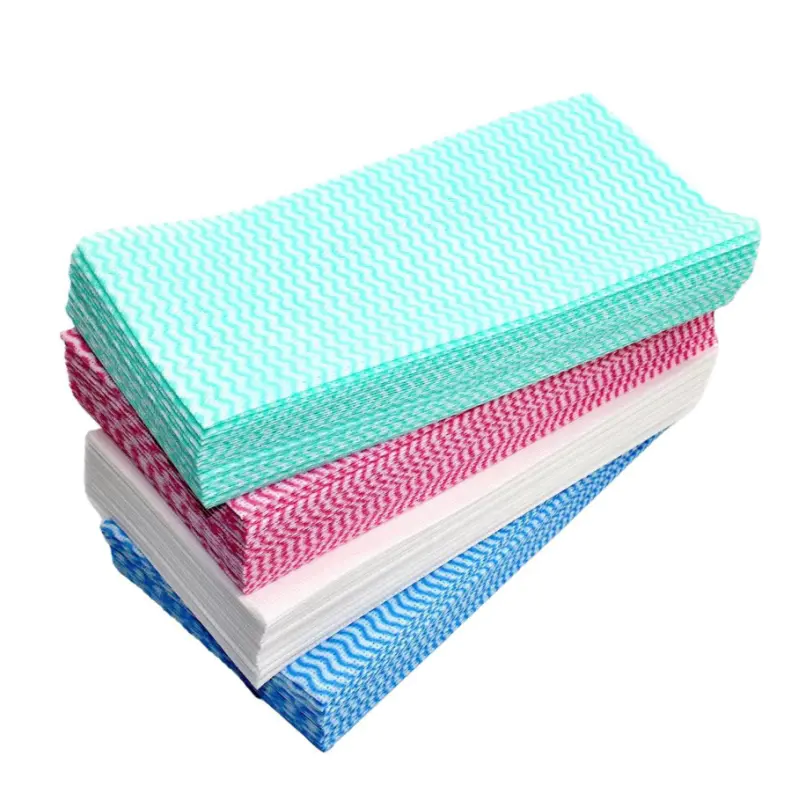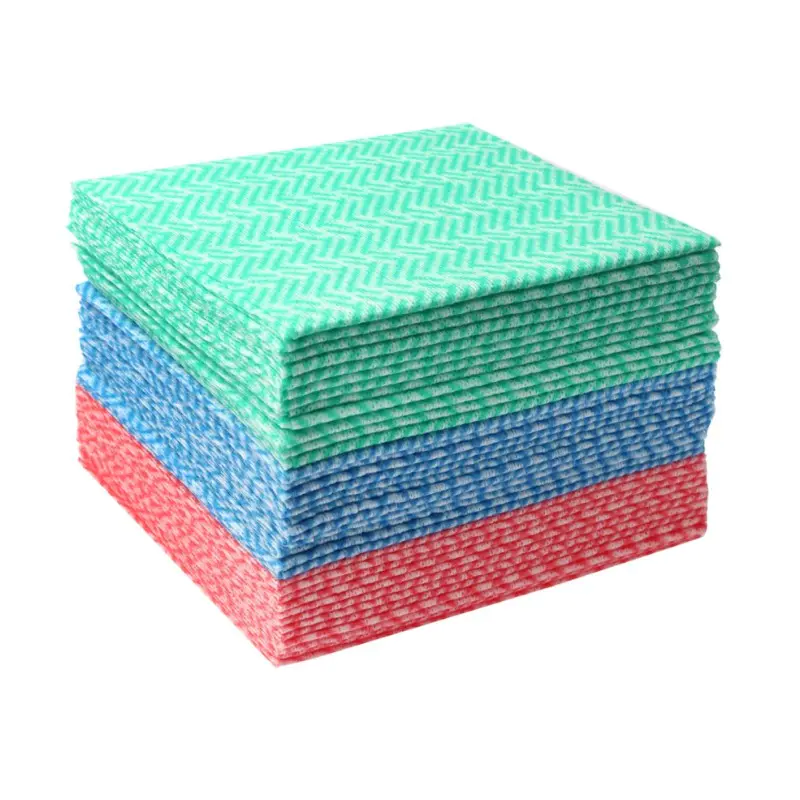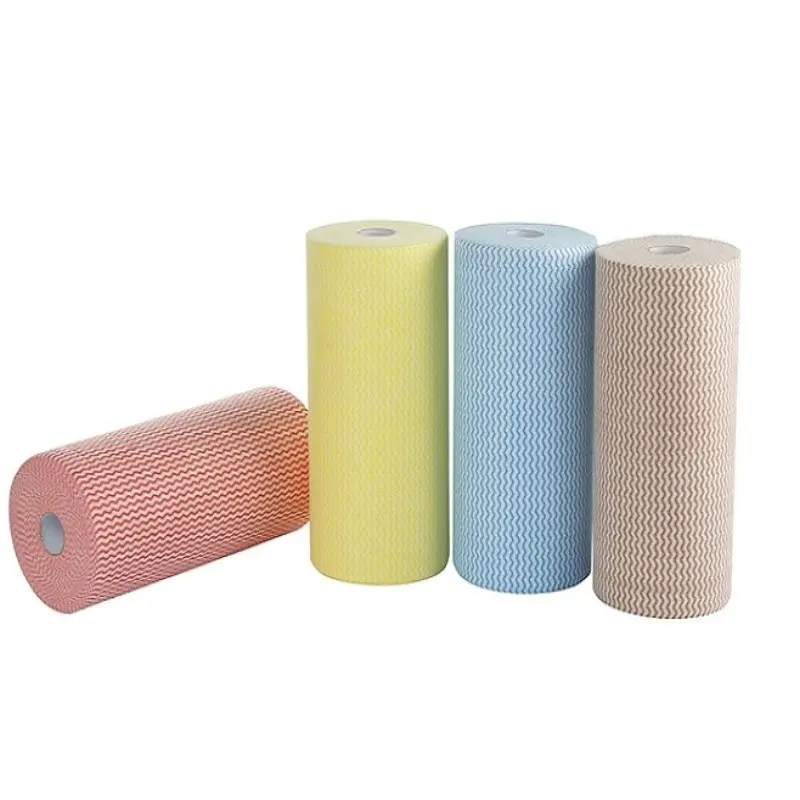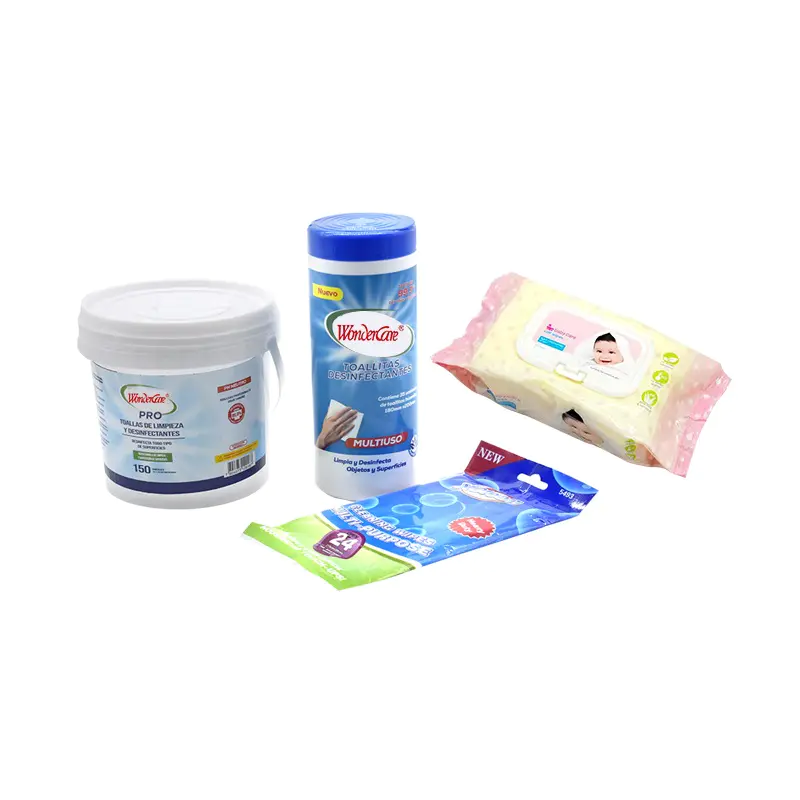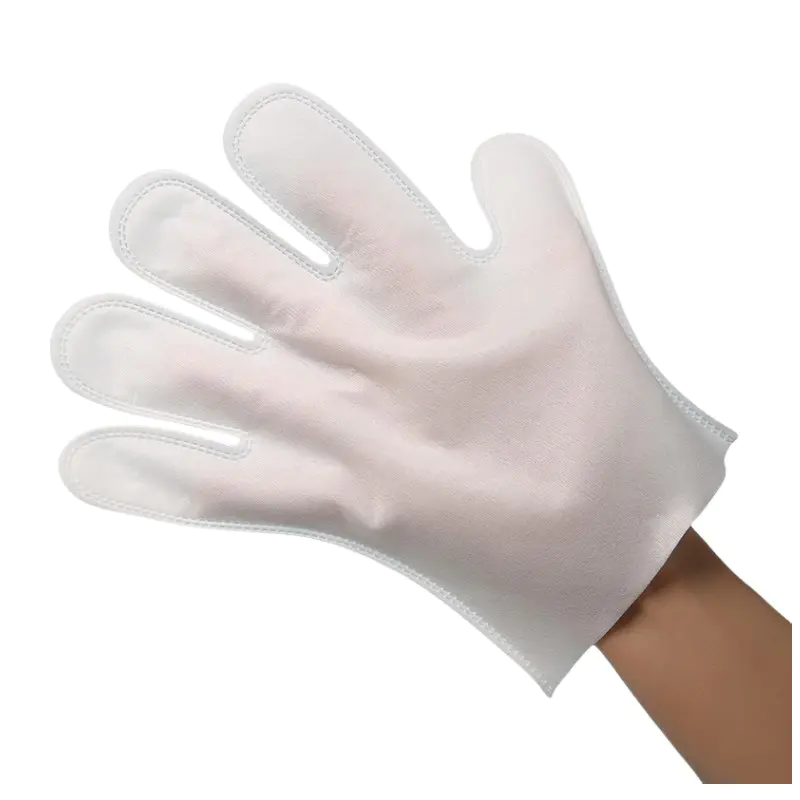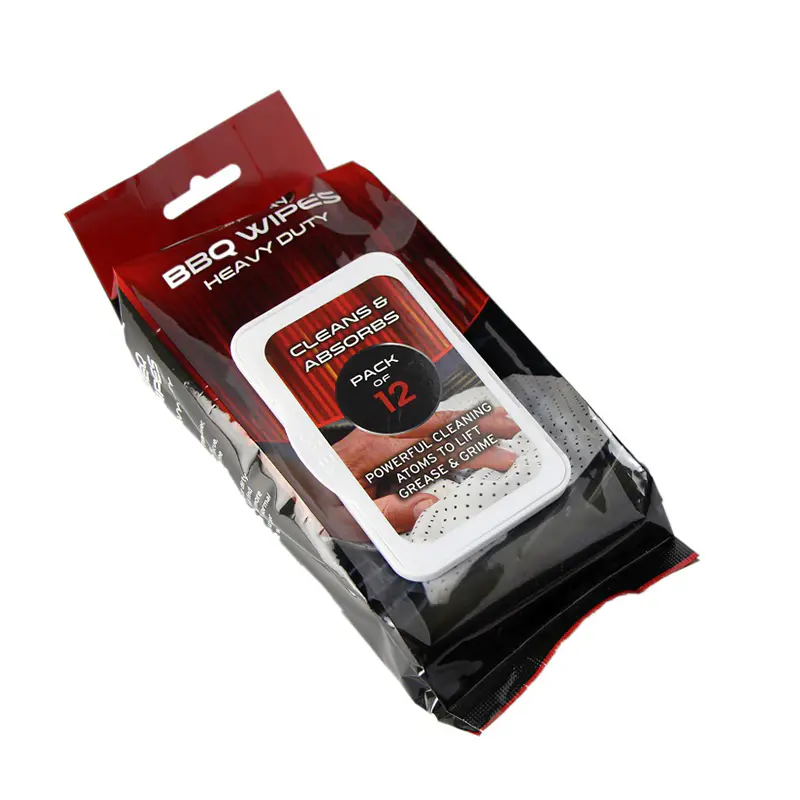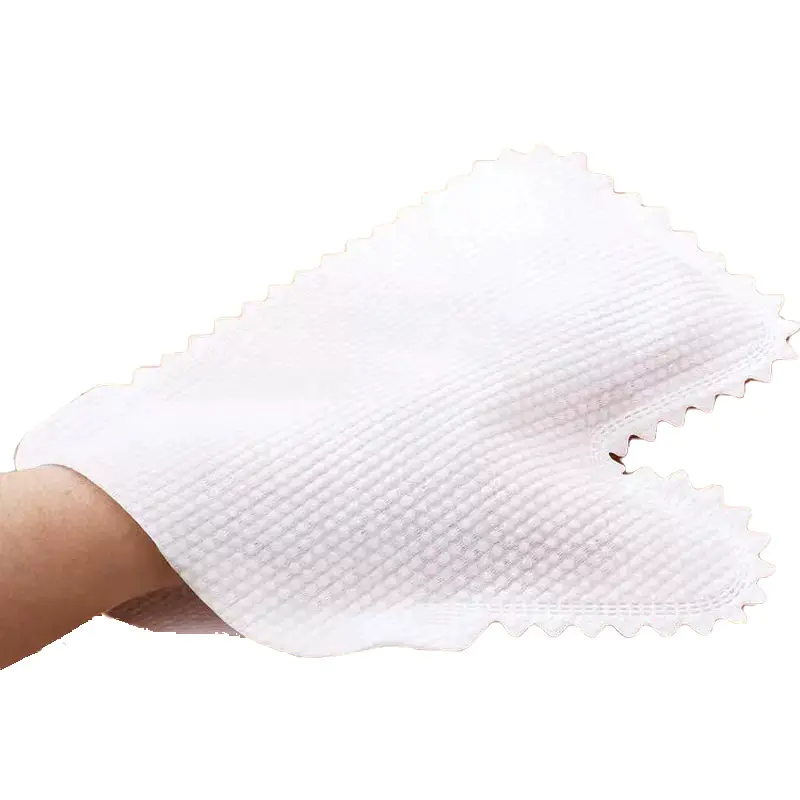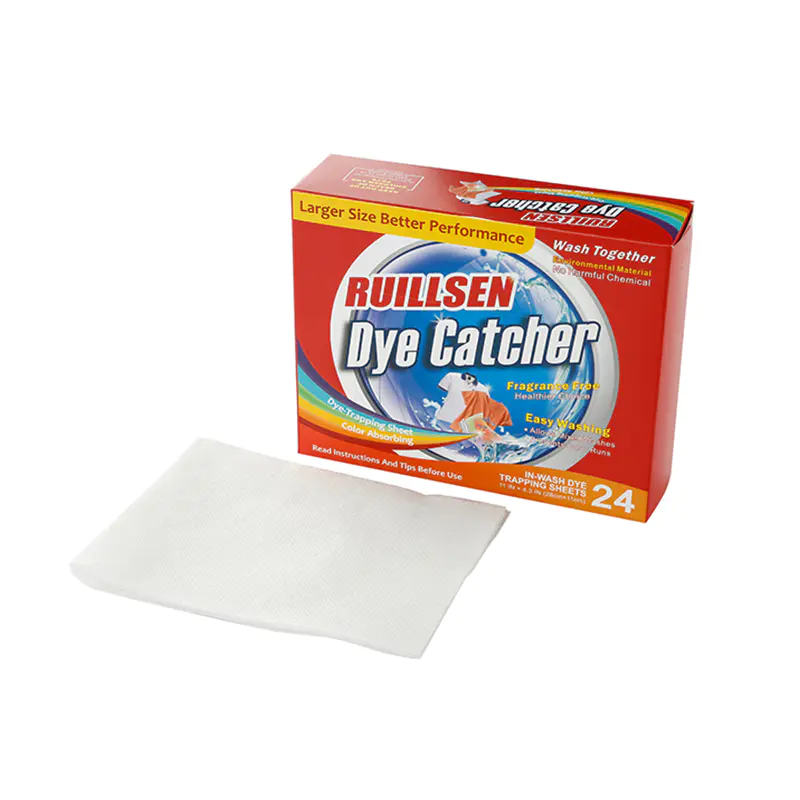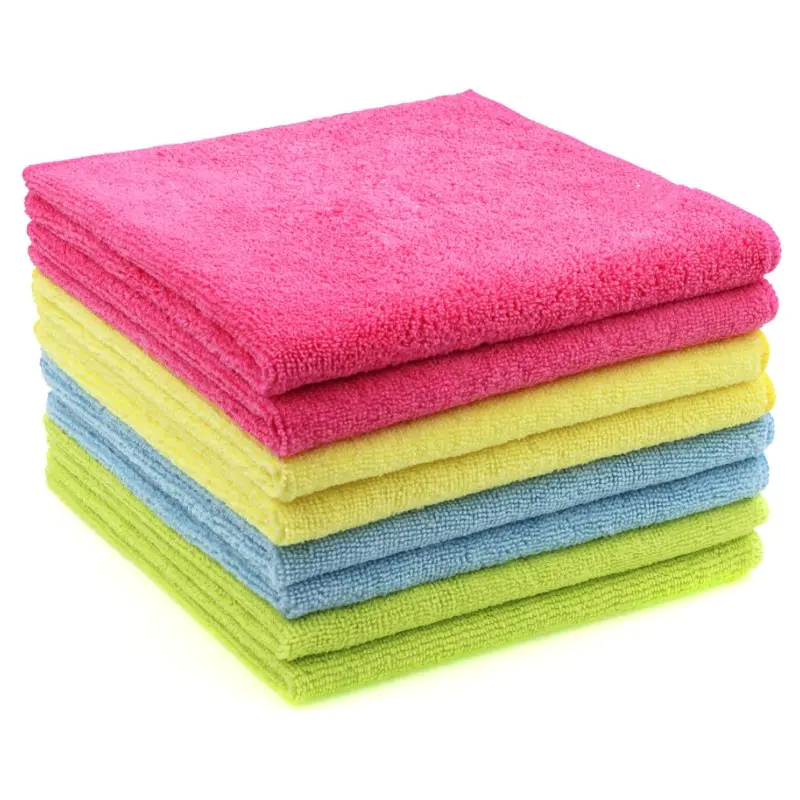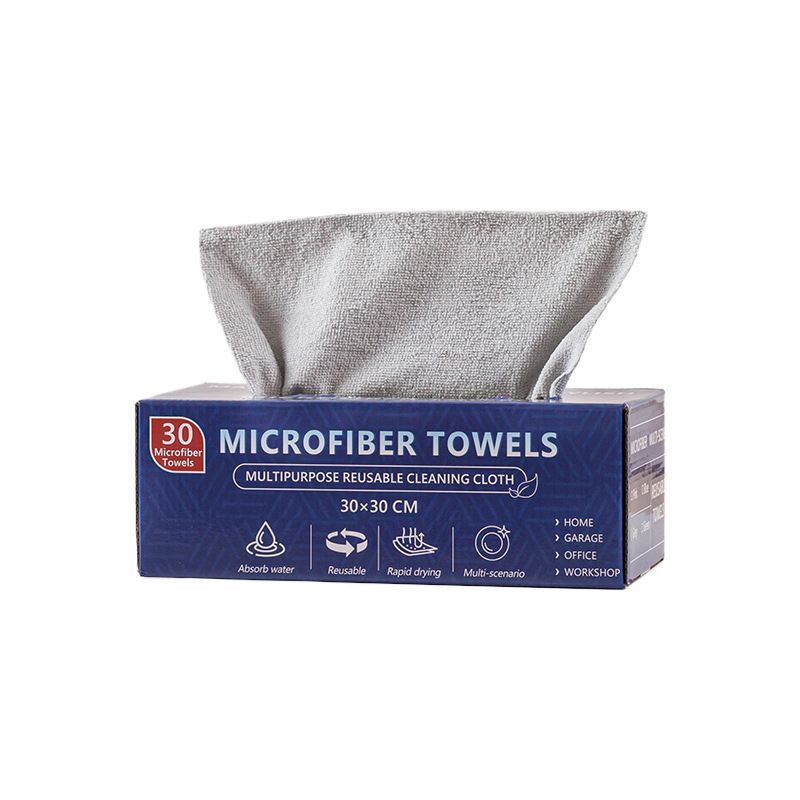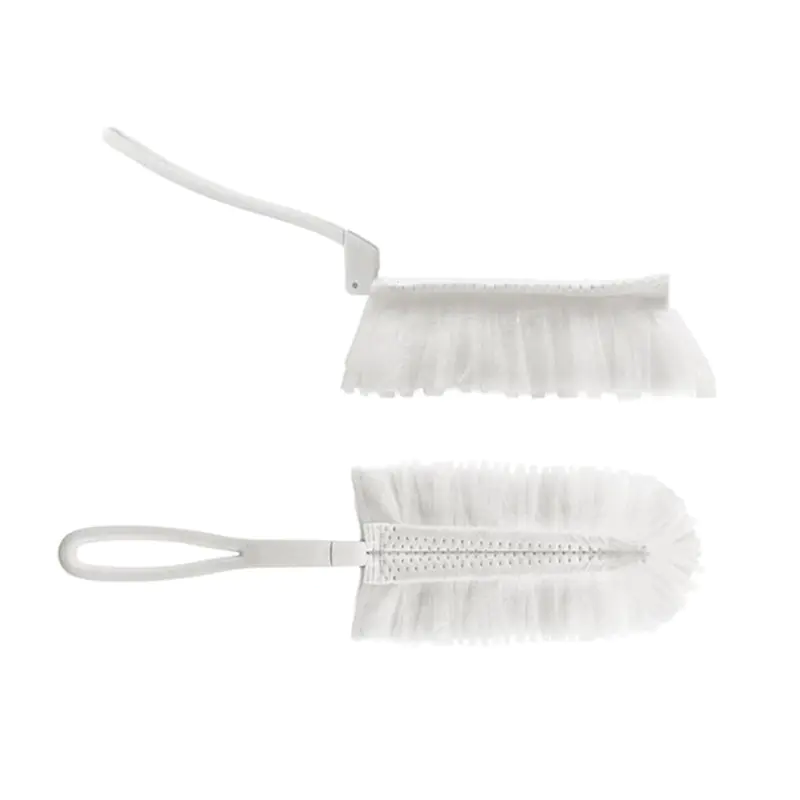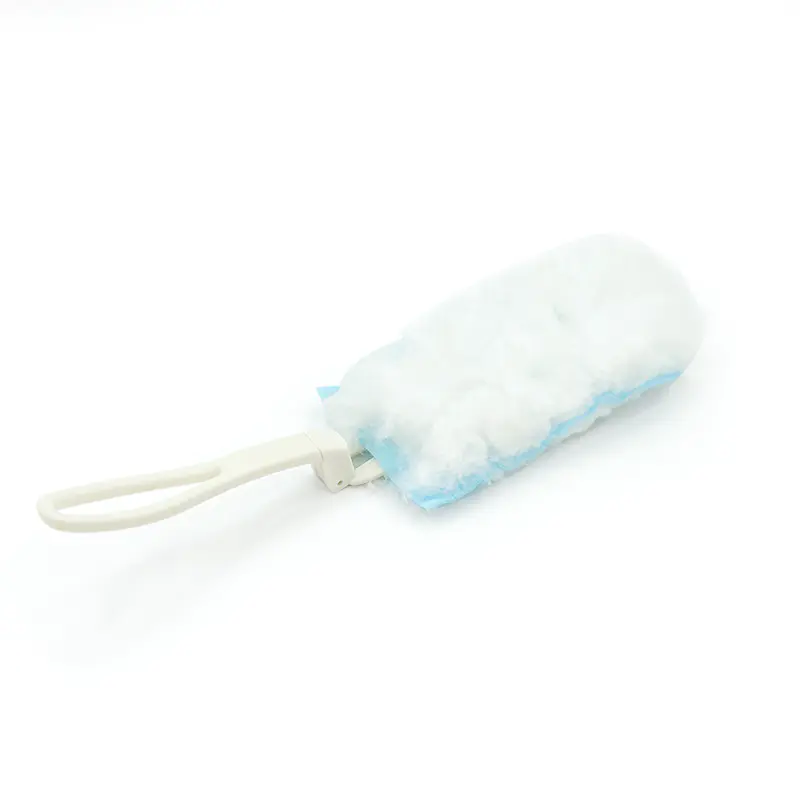Understanding Mop Refills and Why They Matter
Mop refills are the replaceable cleaning heads or pads used on reusable mop handles. They are essential for keeping floors hygienic and ensuring your mop performs effectively over time. A worn-out or inappropriate mop refill can leave streaks, push dirt around, or even scratch surfaces. Selecting the correct type and maintaining a replacement routine saves both effort and cost in the long run.
Main Types of Mop Refills by Material
Different materials serve different cleaning needs. Understanding these helps you match your refill choice to your flooring type and cleaning habits.
- Microfiber mop refills: The most popular choice today, known for high absorbency and dust-trapping ability. Ideal for laminate, tile, and hardwood floors. They can pick up microscopic particles and are reusable after machine washing.
- Cotton mop refills: Highly absorbent and durable, often used for heavy-duty cleaning. They handle wet spills well but may take longer to dry.
- Sponge mop refills: Made of cellulose or PVA sponge material, excellent for absorbing water quickly. Best for smooth, sealed surfaces.
- Disposable mop pads: Pre-moistened or dry pads used for quick cleaning. Convenient for small areas or daily maintenance but less eco-friendly.
Material Comparison Table
| Material Type | Best Use | Key Advantages | Drawbacks |
|---|---|---|---|
| Microfiber | Everyday cleaning on all floor types | Reusable, captures fine dust, dries fast | Can lose efficiency after many washes |
| Cotton | Heavy-duty wet cleaning | Durable, absorbent | Longer drying time, may smell if left damp |
| Sponge | Tile and sealed flooring | Quick water absorption, smooth finish | Wears out quickly with harsh chemicals |
| Disposable Pads | Light daily dusting | Convenient, no maintenance | Not eco-friendly, recurring cost |
How to Choose the Right Mop Refill
Before purchasing new mop refills, it’s important to consider both compatibility and usage conditions. Here’s how to make an informed choice:
- Match the brand and model: Many mop systems have proprietary refill shapes or attachment clips. Always confirm that the refill fits your mop handle or base plate.
- Consider your floor type: Hardwood and laminate require gentle microfiber pads, while ceramic tiles or concrete can handle tougher materials.
- Decide between reusable or disposable: If you clean daily, reusable microfiber refills save money and reduce waste. For quick touch-ups, disposable pads offer convenience.
- Look for washable quality: Good microfiber and cotton refills can last up to 100 washes. Check manufacturer guidelines for care instructions.
- Check absorbency and texture: A softer weave suits delicate finishes, while a coarser texture works better on textured or outdoor surfaces.
How Often Should You Replace Mop Refills?
Replacement frequency depends on use intensity, floor area, and cleaning habits. Using a worn-out refill spreads dirt instead of removing it, leading to dull or sticky floors. Follow these general timelines:
- Light home use (1–2 times per week): Replace or wash microfiber refills every 2–3 months.
- Frequent cleaning (daily or commercial): Replace monthly or after 50 wash cycles.
- Disposable pads: Use once and discard after cleaning a moderate area (up to 20–25 m²).
Signs Your Mop Refill Needs Replacement
- Fibers look matted, frayed, or no longer trap dust effectively.
- It leaves streaks or visible residue even after washing.
- Persistent odor remains despite cleaning or drying.
- Elastic attachments or Velcro no longer hold securely.
How to Clean and Maintain Reusable Mop Refills
Proper care extends the life of reusable mop refills and keeps them performing efficiently. Cleaning them incorrectly can reduce absorbency or trap bacteria.
Washing Tips
- Rinse the refill thoroughly after every use to remove loose dirt and chemicals.
- Machine wash in warm (not hot) water with mild detergent; avoid bleach or fabric softeners as they coat fibers.
- Air dry or tumble dry on low heat to maintain the integrity of microfiber strands.
- Store completely dry to prevent mildew growth.
Disinfection Routine
For households with pets or high foot traffic, add a weekly disinfection step. Soak the mop refill in a vinegar-water solution (1:3 ratio) for 10 minutes before rinsing and drying. This helps kill odor-causing bacteria naturally without damaging fibers.
Eco-Friendly and Cost-Saving Tips
Choosing sustainable mop refills can significantly reduce waste and long-term costs. Here’s how to clean smarter while staying eco-conscious:
- Buy multipacks: Purchasing mop refills in bulk reduces packaging waste and cost per unit.
- Opt for reusable materials: Microfiber or washable cotton pads are more environmentally friendly than disposables.
- Rotate multiple refills: Use a set of 2–3 refills and rotate them to reduce wear and extend overall lifespan.
- Repair rather than replace: Some pads allow re-sewing of elastic straps or Velcro patches to extend usability.
Comparing Refill Compatibility and Handle Systems
Not all mop handles fit all refills. Understanding compatibility saves frustration and ensures the best cleaning results. Below is a quick overview of popular handle systems:
| Mop System Type | Typical Refill Attachment | Common Examples |
|---|---|---|
| Flat mop | Velcro or pocket sleeve | Microfiber flat mop refills |
| String mop | Screw-on or clip-in head | Cotton or blended string refills |
| Sponge mop | Locking mechanism or slide-on bar | PVA sponge refills |
| Spin mop | Round snap-in base | 360° microfiber mop refills |
Practical Buying Advice for Mop Refills
- Check dimensions: Always measure your mop head’s width or diameter before ordering replacements online.
- Review wash count rating: High-quality microfiber refills often advertise a lifespan of 100–200 washes.
- Evaluate total cost: Reusable options usually cost more upfront but are cheaper per use compared to disposables.
- Read material details: Look for lint-free or scratch-safe labeling for sensitive floor finishes like marble or vinyl.
Final Thoughts
Using the right mop refill improves cleaning results, protects your flooring, and saves time. Whether you prefer the durability of cotton, the precision of microfiber, or the convenience of disposables, choosing thoughtfully ensures long-term value. Keep multiple refills on hand, maintain a regular cleaning schedule, and replace them before performance drops — your floors will thank you with a lasting, spotless shine.
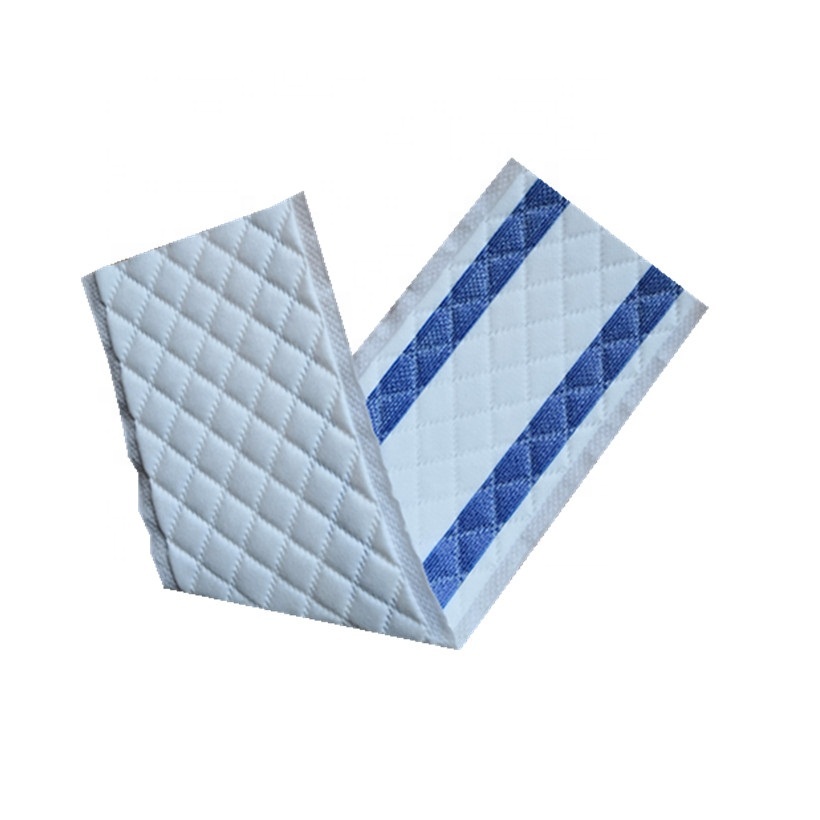

 English
English Español
Español